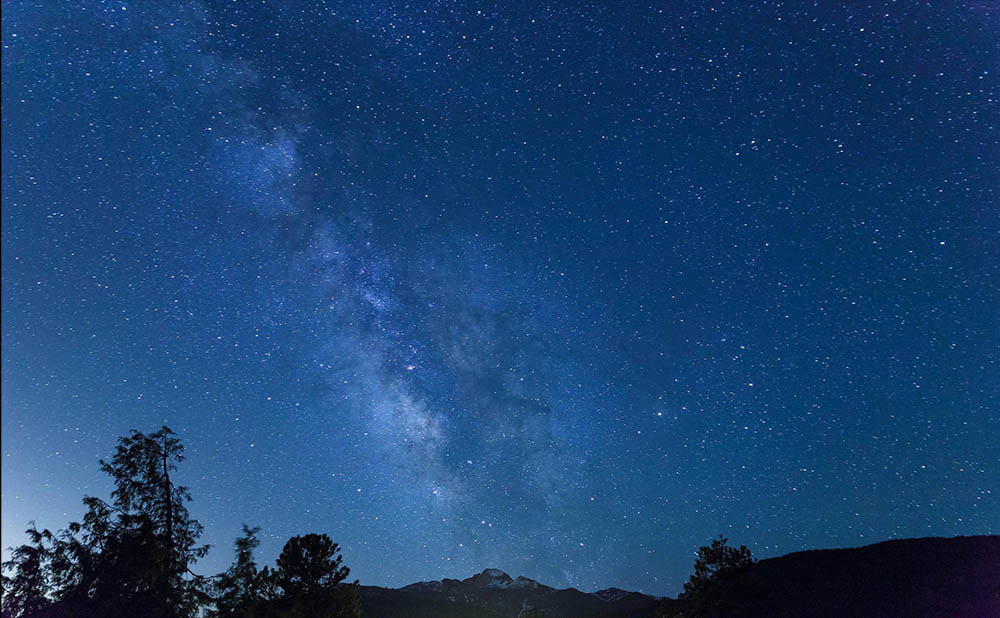Table of Contents

Light Pollution in Astronomy
Light Pollution in Astronomy
What is Light Pollution?
Light pollution is what we call too much artificial light which escapes up into the night sky. It creates a hazy orange glow that can obscure our view of the stars. This is why it is also known as sky-glow. Light pollution is unwanted light that projects up into the night sky. It makes the atmosphere much brighter than the natural night sky and significantly impacts astronomy.
-
What are the Main Types of Light Pollution?
There are four main types of light pollution, including glare, skyglow, clutter, and light trespass. All four types are caused by people leaving on the lights at night, and can negatively affect humans and surrounding wildlife. While light pollution comes in many forms, it is a human-caused issue that requires human solutions. Streetlights, outdoor home lighting systems, billboards, vehicle headlights, and nearly any other source of artificial light are direct contributors to this issue.
How Light Pollution Affects Astronomy?
For people and astronomers who love astronomy, the biggest impact of light pollution is its serious interference with stargazing and astronomical observations. Light pollution makes the originally shining stars invisible, making astronomical observations increasingly difficult.
How to Reduce the Impact of Light Pollution on Astronomical Observations?
- Light pollution will make many dimmer stars difficult to observe with the naked eye in the urban sky, so you need a telescope through which you can see star clusters and bright nebulae.
2. Buy and use a light pollution filter specifically tailored for stargazing. This type of filter is specifically designed to suppress artificial light sources.
3. Choose your location to observe the stars carefully. For example, please do not open doors and windows to observe from inside the building, because the warm air in the room will come outwards, and the airflow generated at this time will cause the field of view to flicker. This phenomenon is most obvious when observing the moon and planets, but it also applies to deep space observations. Likewise, try not to look at targets that are directly above roofs or hot air vents. Having these airflow disturbances in your line of sight can cause similar problems.
Finally, Reduce the use of artificial light sources at night, especially in residential areas and public places. Advocate energy conservation and emission reduction, use energy-saving lamps, and green energy. Let us work together to protect the precious natural heritage that nature has given to mankind—the beautiful dark night sky above us!


There are no customer reviews yet . Leave a Reply !